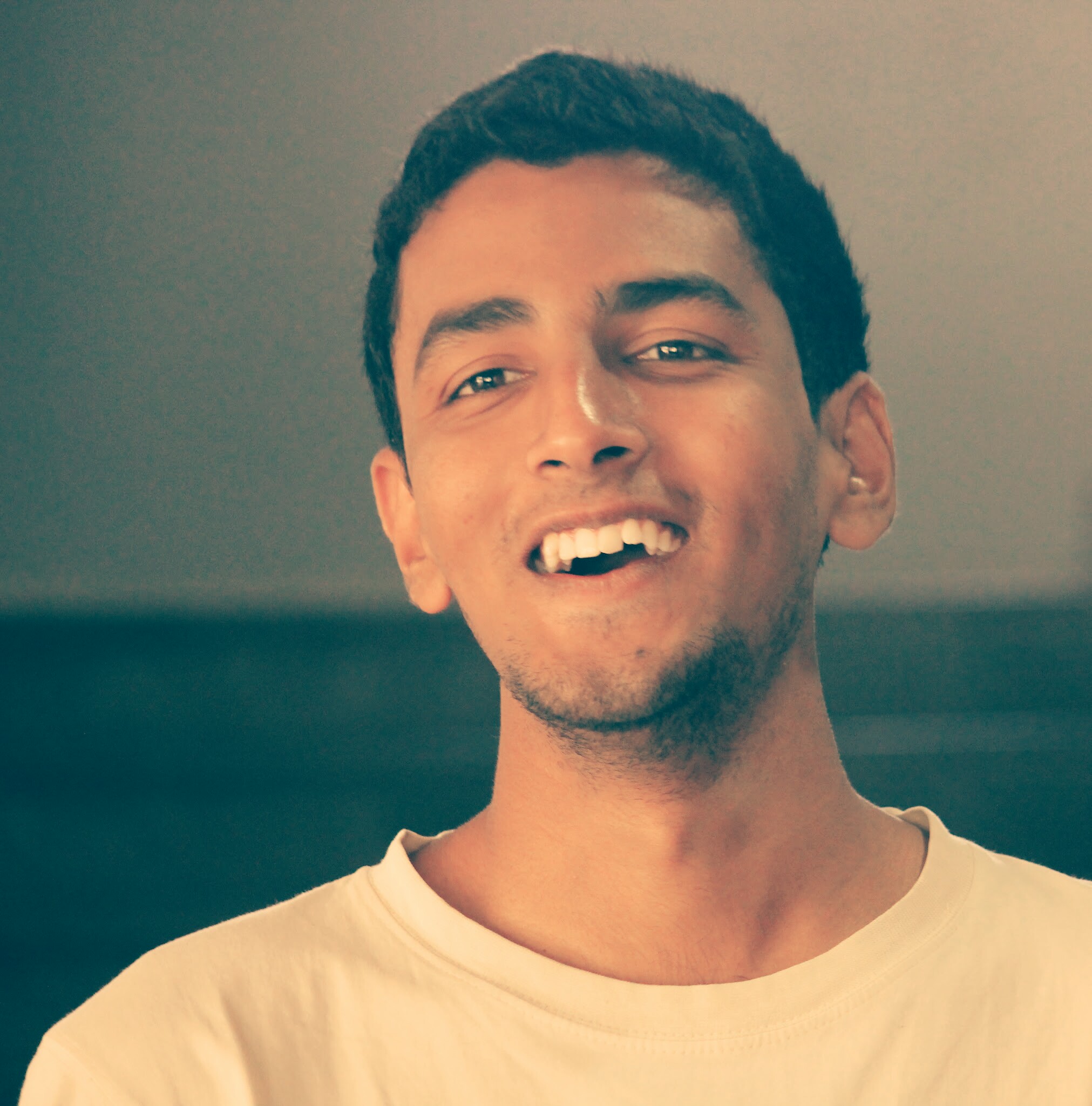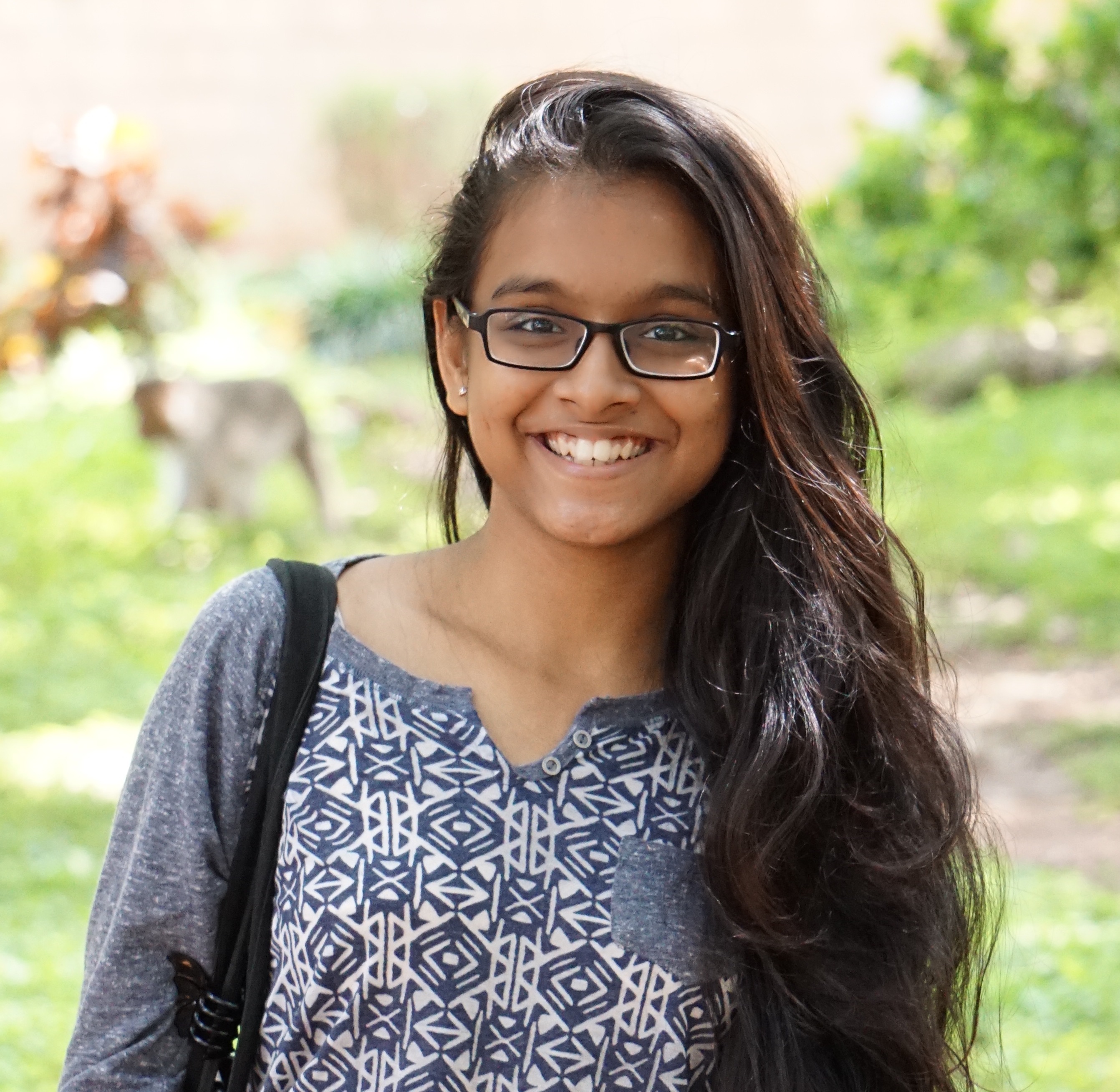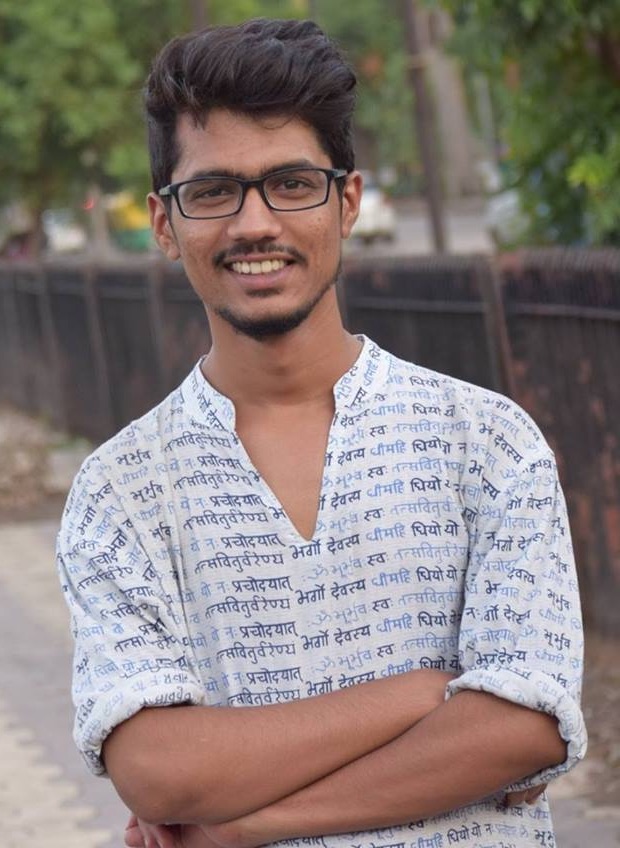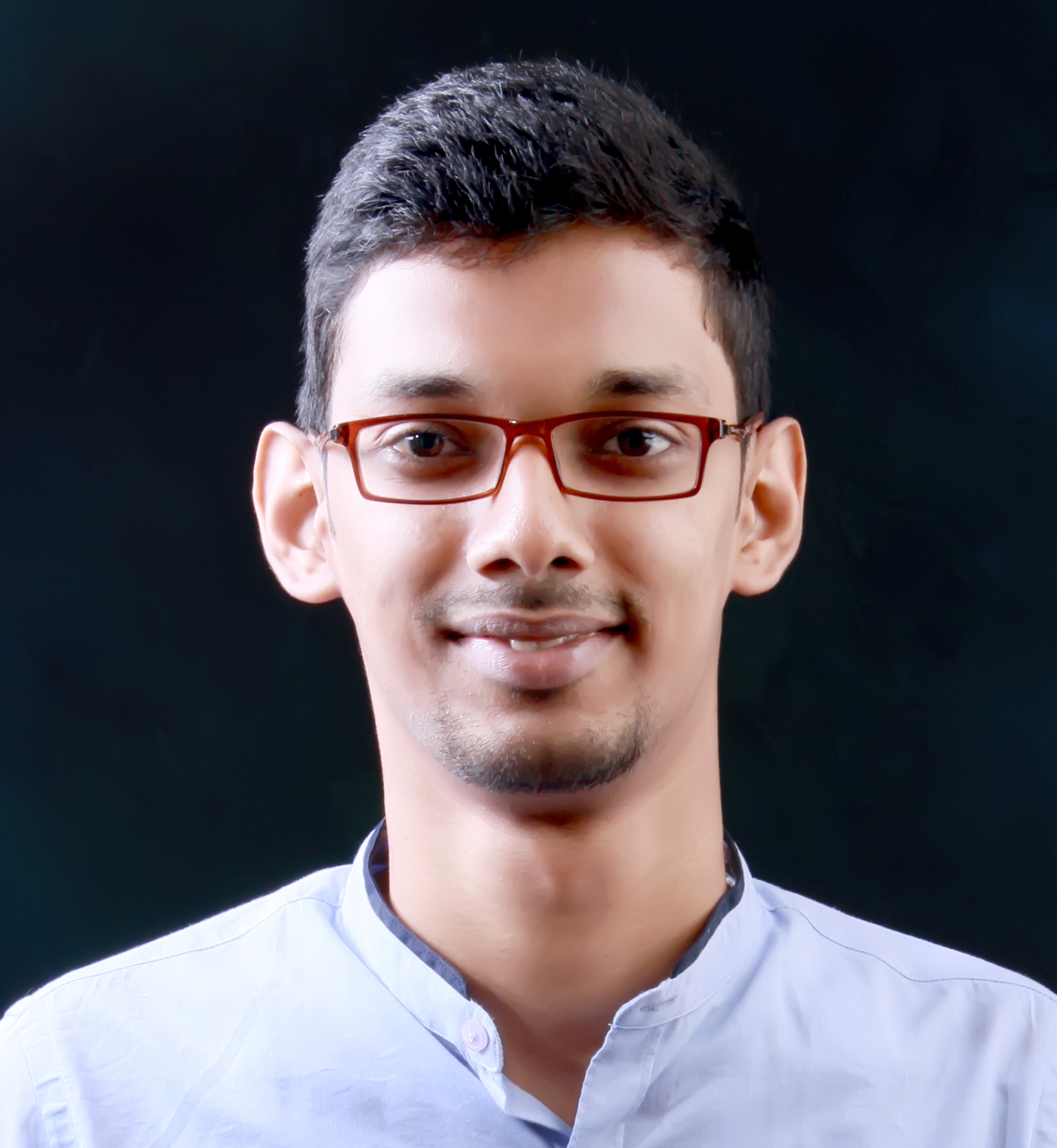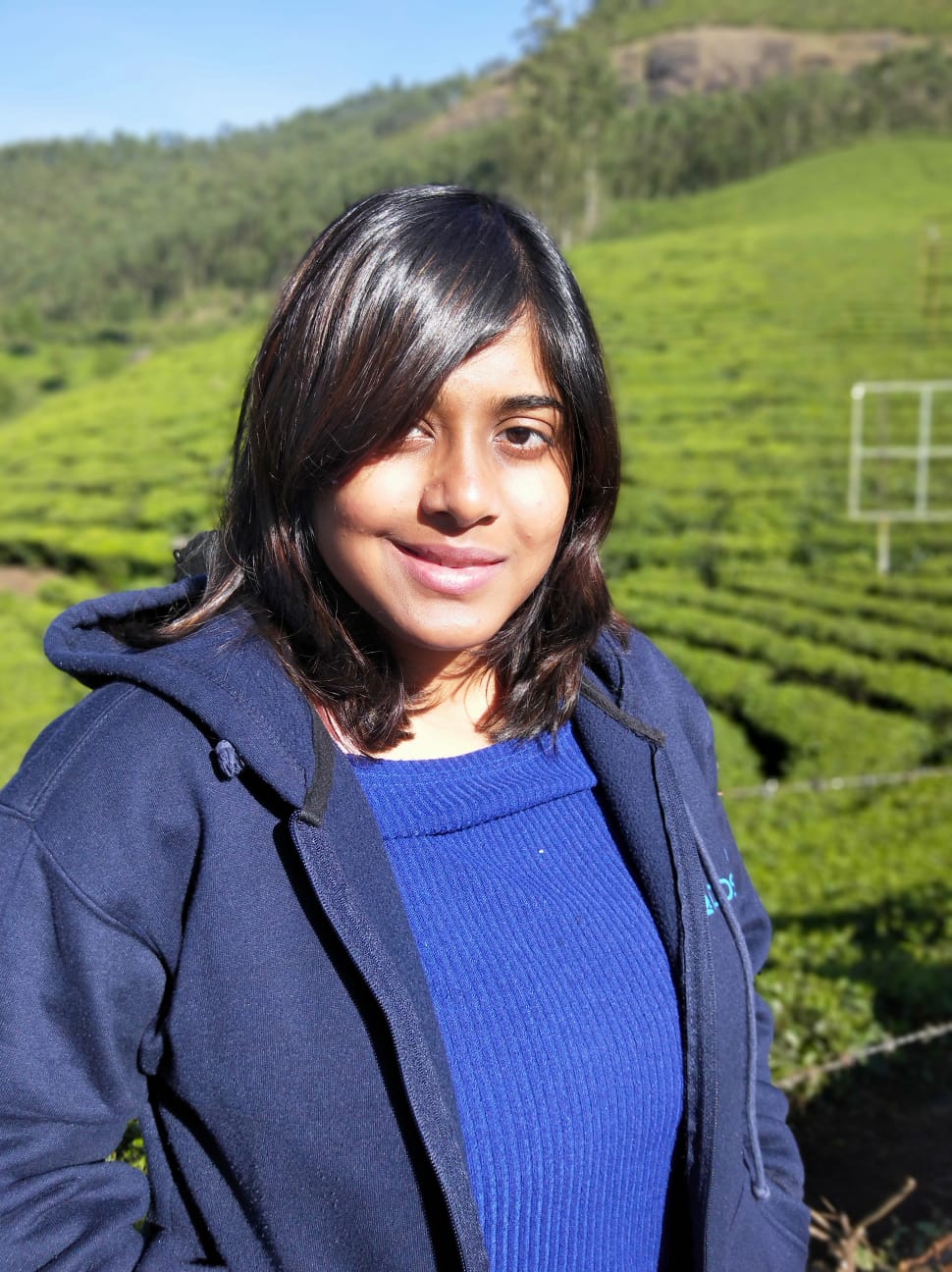2020
Shah, Chacko, Joseph and Ananthanarayanan*,
'Mitochondrial dynamics, positioning and function mediated by cytoskeletal interactions',
Cellular and Molecular Life Sciences (under review)
Tirumala and Ananthanarayanan*,
'Role of dynactin in the intracellular localization and activation of cytoplasmic dynein',
Biochemistry (2020) [pdf]
2019
Chacko, Mehta and Ananthanarayanan*,
'Cortical tethering of mitochondria by the anchor protein Mcp5 enables uniparental inheritance',
Journal of Cell Biology (2019) [pdf]
Mehta, Chacko, Chug, Jhunjhunwala and
Ananthanarayanan*,
'Association of mitochondria with microtubules inhibits mitochondrial fission by precluding assembly of
the fission protein Dnm1', Journal of Biological Chemistry (2019) [pdf]
Chacko and
Ananthanarayanan*,
'Quantification of mitochondrial dynamics in fission yeast', Bio-protocol (2019) [pdf]
2017
Thankachan, Nuthalapati, Tirumala and
Ananthanarayanan*,
'Fission Yeast Myosin I Facilitates PI(4,5)P
2-mediated Anchoring of Cytoplasmic Dynein to the Cortex', Proceedings of the National
Academy of
Sciences (2017) [pdf]
Meka, Chacko, Ravi, Chatterjee and
Ananthanarayanan*,
'Role of Microtubules in Osteogenic Differentiation of Mesenchymal Stem Cells on 3D Nanofibrous
Scaffolds',
ACS Biomaterials Science and Engineering (2017) [pdf]
2016
Ananthanarayanan*,
'Activation of the motor protein upon attachment: Anchors weigh in on cytoplasmic dynein
regulation', Bioessays
(2016) [pdf]
2015
Ananthanarayanan* and Tolic,
'Single Molecule Imaging of Cytosplamic Dynein in vivo', Methods in Cell Biology 125 (2015) [pdf]
2014
Krull, Steinborn,
Ananthanarayanan, Ramunno-Johnson, Petersohn, Tolic-Norrelykke*,
'A divide-and-conquer strategy for the maximum likelihood localization of low intensity objects',
Optics
Express 22(1), 210-228 (2014) [pdf]
2013
Ananthanarayanan, Schattat, Vogel, Krull, Pavin*, Tolic-Norrelykke*,
'Dynein motion switches from diffusive to directed upon cortical anchoring', Cell 153: 1526-1536
(2013) [pdf]
2010
Ananthanarayanan* and Thies*,
'Biocoder: A programming language for standardizing and automating Biology protocols', Journal of
Biological
Engineering 4:13 (2010) [pdf]
*Corresponding author(s)
Popular Science/Outreach
Funding

RI Mazumdar Young Investigator Award (2019-2020)
SERB Women Excellence Award (2019-2020)
EMBO Young Investigator Award (2019-2020)
Wellcome Trust/DBT-India Alliance Intermediate Fellowship (2019-2020)
SERB Early Career Research Award (2016-2019)
DBT Innovative Young Biotechnologist Award (2015-2018)
DST INSPIRE Faculty Award (2014-2018)
IISc Startup Grant


